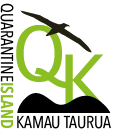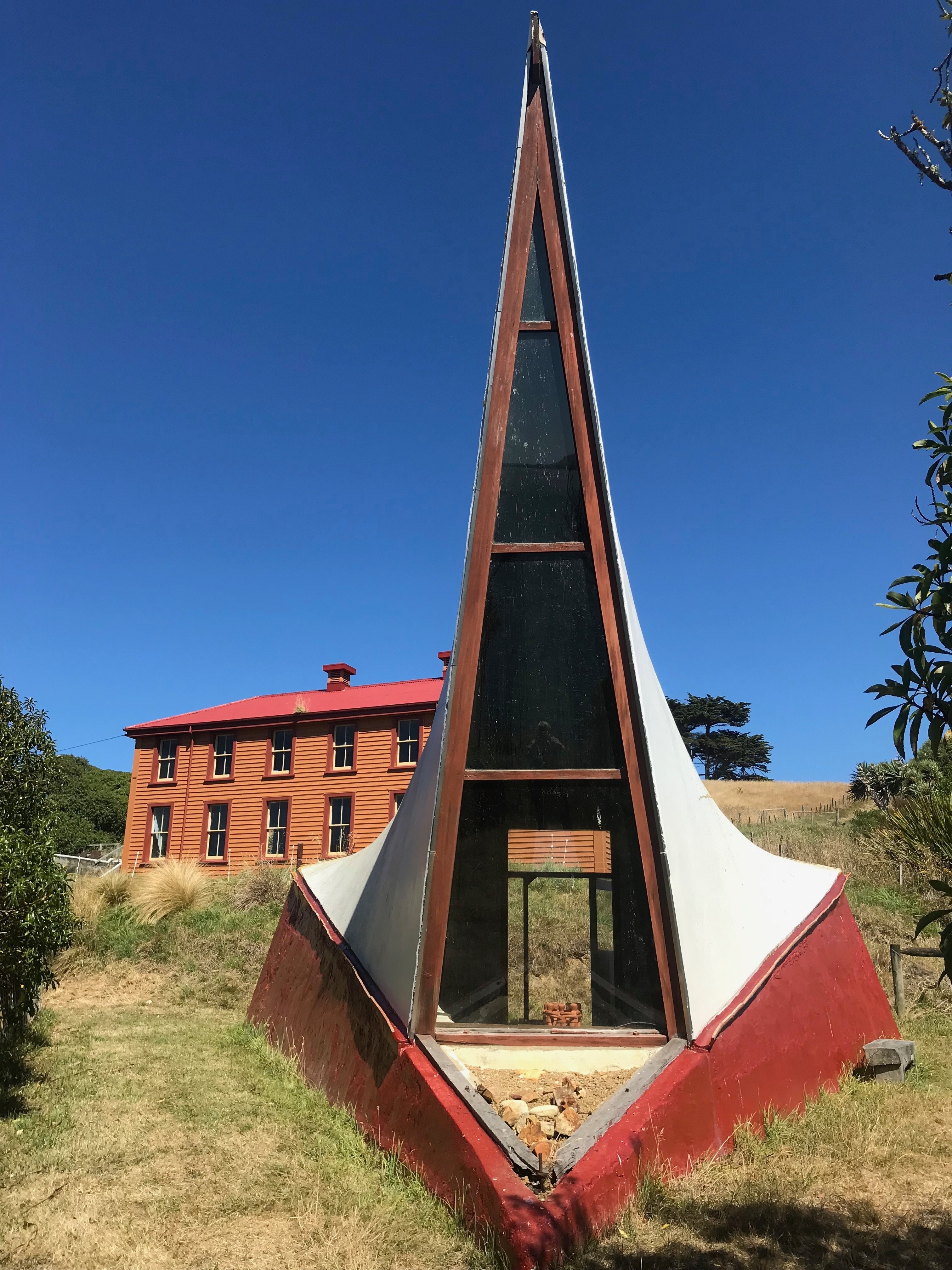The problem:
The Island has introduced rats (Norway) and mice. These affect biodiversity, eating seeds, insects, bird eggs and fledglings, and skinks.
What we are doing:
- Using traps to reduce numbers of rats and mice from Winter 2016.
- Monitoring biodiversity over time to see the impact of trapping
- Monitoring the efficacy of the traps
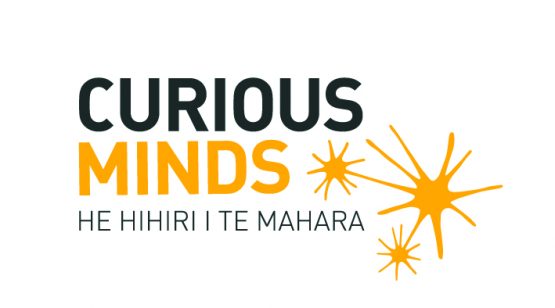
The intended outcome: The Island is a haven for natural biodiversity in Otago Harbour!
Summary of the project:
The QIKTC is part of Predator Free Dunedin. The only mammalian pests on the island currently are Norway rats and mice, but the island is close to the mainland on both sides of the harbour, so there is an ongoing risk of invasion of other pests. QIKTC have no evidence of mice on the island prior to 2010. Did they arrive as stowaways on a boat or in someone’s bag?
Rats and mice are mainly controlled with 31 goodnature* A24s, first installed in August 2016, 6 DOC 200s (a snap trap particularly for rats), installed with the Halo Project in October 2017, and some snap traps for mice. The A24s have been modified by goodnature* to make them more effective for mice control ( they are normally designed for rats and stoats). The difficult Island terrain is why these traps were chosen; they automatically reset so do not need frequent checking and resetting. They are also humane.
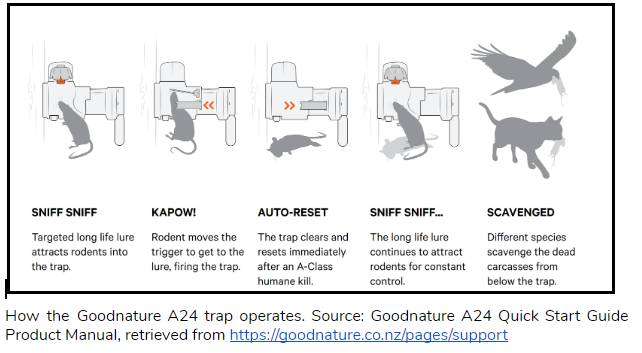
We record casual sightings of carcasses as part of monitoring the efficacy of the traps. Carcasses can be scavenged so there is not always evidence that a rat or mouse has been killed.
In 2018, when there was very active monitoring as part of our citizen science ‘Curious Minds’ project, 30 rat carcasses and 100 mice were recorded.
In 2019 there were 19 rat carcasses and 38 mice.
In 2020 to July 5, 1 rat and 6 mice.
Of the total 50 rats recorded, 37 were found in the traps by the buildings; of the 144 mice recorded, 64 were from around the buildings. A motion-sensitive camera is used occasionally and has captured footage of rats looking at the traps and tracking tunnels, but not entering.
Inked tracking cards are put out in tunnels around the Island on a regular basis, to monitor predator activity. Prints on the tracking cards to-date are of mice, apart from possible rat prints on two heavily printed cards in February 2018. Mice prints on an overnight survey in July 2020 showed mice tracks on 64% of cards, compared to 37% of cards in a survey in July 2018. Mice are notoriously difficult to control – they breed rapidly and have a small home range. What is the consequence of not controlling mice? Predator NZ shares interesting research about this here.
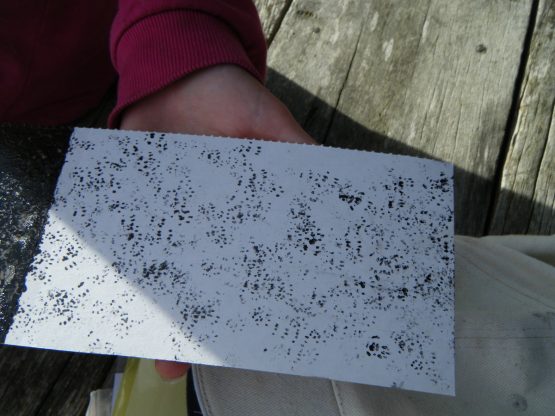
Thanks to the DCC’s Biodiversity Fund, Otago Peninsula Community Board and the Dunedin Amenities Society for funding the A24 traps, and the Halo Project for the DOC 200s. Thanks also to Curious Minds and the Otago Participatory Science Fund, and scientists; Dr Jillian Hetherington, Clare Cross, Sam Haultain, Derek Onley, Dr Barbara Anderson, James Tweed, and Aishwarya Muralidhar, who helped us explore ways to monitor biodiversity and the efficacy of the traps.
For a fuller record of our Curious Minds-funded project, see here
